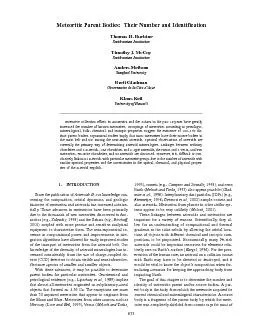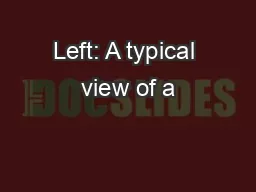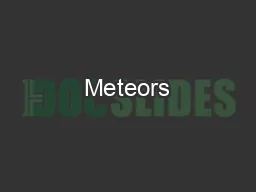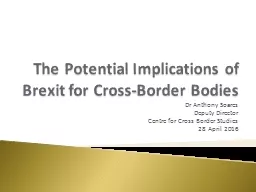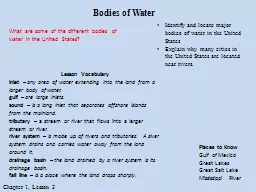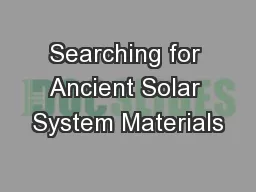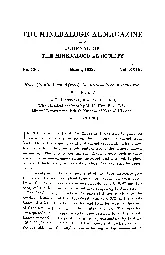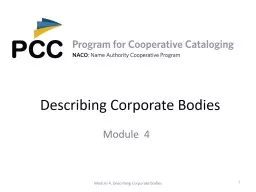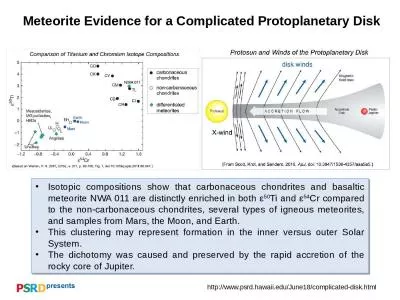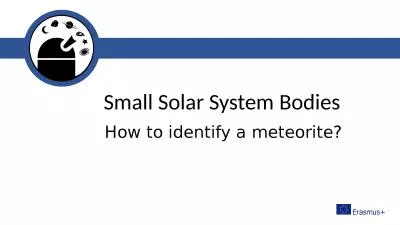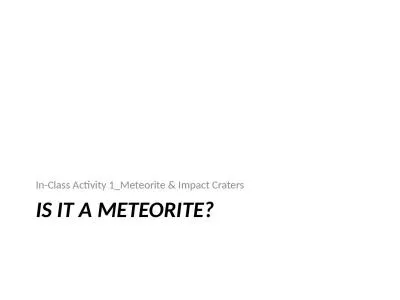PDF-Burbine et al.:Meteorite Parent Bodies
Author : ellena-manuel | Published Date : 2015-09-04
Meteoritic Parent BodiesTheir Number and IdentificationTimothy J McCoyStanford UniversityBrett Gladman Extensive collection efforts in Antarctica and the Sahara
Presentation Embed Code
Download Presentation
Download Presentation The PPT/PDF document "Burbine et al.:Meteorite Parent Bodies" is the property of its rightful owner. Permission is granted to download and print the materials on this website for personal, non-commercial use only, and to display it on your personal computer provided you do not modify the materials and that you retain all copyright notices contained in the materials. By downloading content from our website, you accept the terms of this agreement.
Burbine et al.:Meteorite Parent Bodies: Transcript
Download Rules Of Document
"Burbine et al.:Meteorite Parent Bodies"The content belongs to its owner. You may download and print it for personal use, without modification, and keep all copyright notices. By downloading, you agree to these terms.
Related Documents

